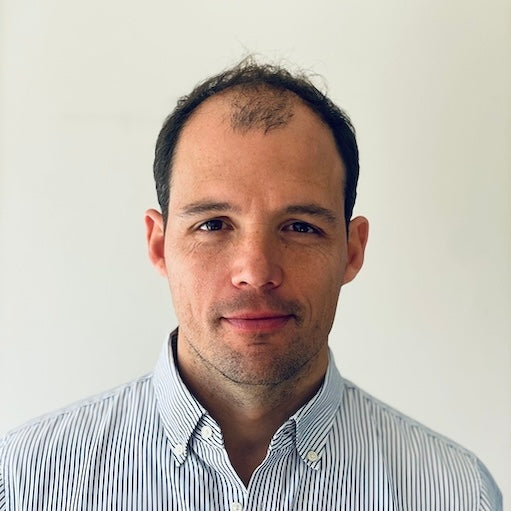In custom software development, the discovery phase plays a key role in shaping outcomes. When done well, it brings clarity to the scope, aligns teams early, and ensures technical decisions are grounded in context. It’s a crucial step to reduce risk before any code is written.
At Rebl, we approach discovery as a focused process designed to surface unknowns, validate assumptions, and build shared understanding between our team and the client. The structure may vary depending on the project, but the goal remains the same: make better decisions early to deliver with confidence.
Phase 1: Framing & Context Alignment
We begin by establishing clarity on direction and process.
Clients receive a kickoff package that outlines project goals, key assumptions, an initial scope, and a roadmap for the discovery process. It includes scheduled calls, research activities, and expected deliverables. This helps set clear expectations and creates a foundation for productive collaboration.
Phase 2: Internal Kick-Off & Strategic Alignment
Before engaging externally, the team aligns on direction and key considerations.
An internal session brings together the PM, tech lead, and CTO to review the proposed approach. The team discusses the technical framing, identifies early risks, and agrees on priorities. This shared understanding ensures a focused and consistent conversation with the client.
Phase 3: Client Validation & Context Gathering
We refine the scope based on real use cases and input from the client.
The first external call focuses on understanding the client’s existing workflows, business goals, and constraints. We confirm or adjust initial assumptions and incorporate new context into the scope. This conversation also helps clarify how we’ll collaborate moving forward.
Phase 4: Feasibility, UX, and Technical Deep Dive
We examine the solution across all functional and technical layers.
The team breaks down the proposal into key components, integration points, and edge cases. Technical leads evaluate architecture, scalability, security, and system dependencies. Meanwhile, UX and product leads build initial wireframes and flows to test assumptions and support decision-making.
Complementary research may include competitor benchmarks, risk analysis, or exploring relevant APIs and frameworks. This step helps ensure the solution can be built effectively and performs as expected.
Phase 5: Client Walkthrough & Feedback
We present the initial solution framing and collect final input.
In the second client session, we walk through the proposed user flows, use cases, and architecture. Feedback is gathered to fine-tune details and confirm alignment before entering delivery planning.
Phase 6: Final Planning & Refinement
We organize the work into structured, actionable modules.
The finalized scope is divided into logical task groups or implementation phases. We also identify potential enhancements or future features to consider after launch. This step ensures we approach delivery with focus while maintaining a clear view of longer-term possibilities.
Phase 7: Discovery Sign-Off & Transition
We wrap up discovery with shared clarity and next steps.
The final client session includes a full review of documentation — including use cases, wireframes, delivery plan, and timelines. Once confirmed, the team moves into production with a validated and structured roadmap.
Continuous Documentation
We track context and open questions throughout the process.
The discovery document is updated continuously to reflect key decisions, responsibilities, assumptions, and unknowns. It acts as a reference point and a guide for future work.
Conclusion: Building with Context
Discovery isn’t a formality. It’s a working process that helps teams move faster and make better decisions.
By investing time upfront to align on goals, surface constraints, and validate solutions, we reduce ambiguity and build a stronger foundation for execution. A clear discovery process leads to better outcomes — for the client, for the team, and for the product.






